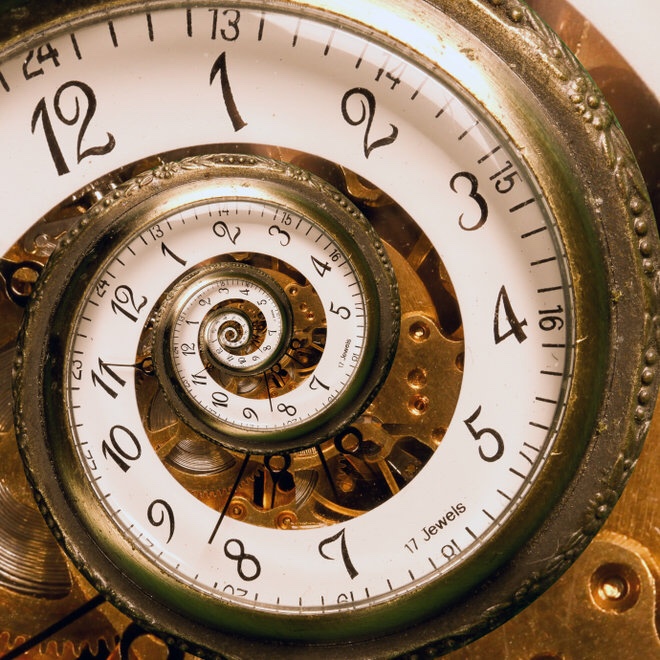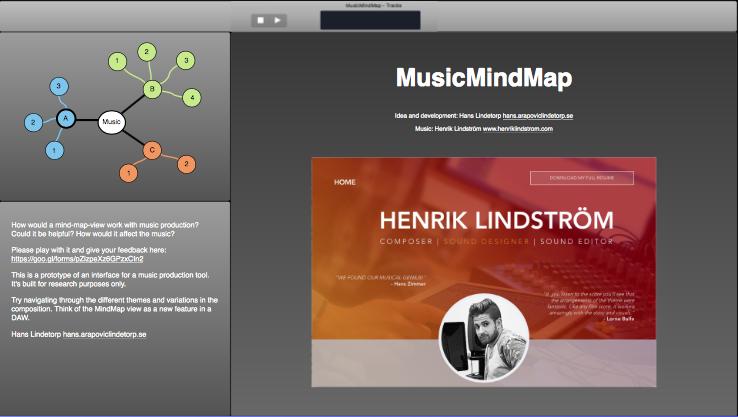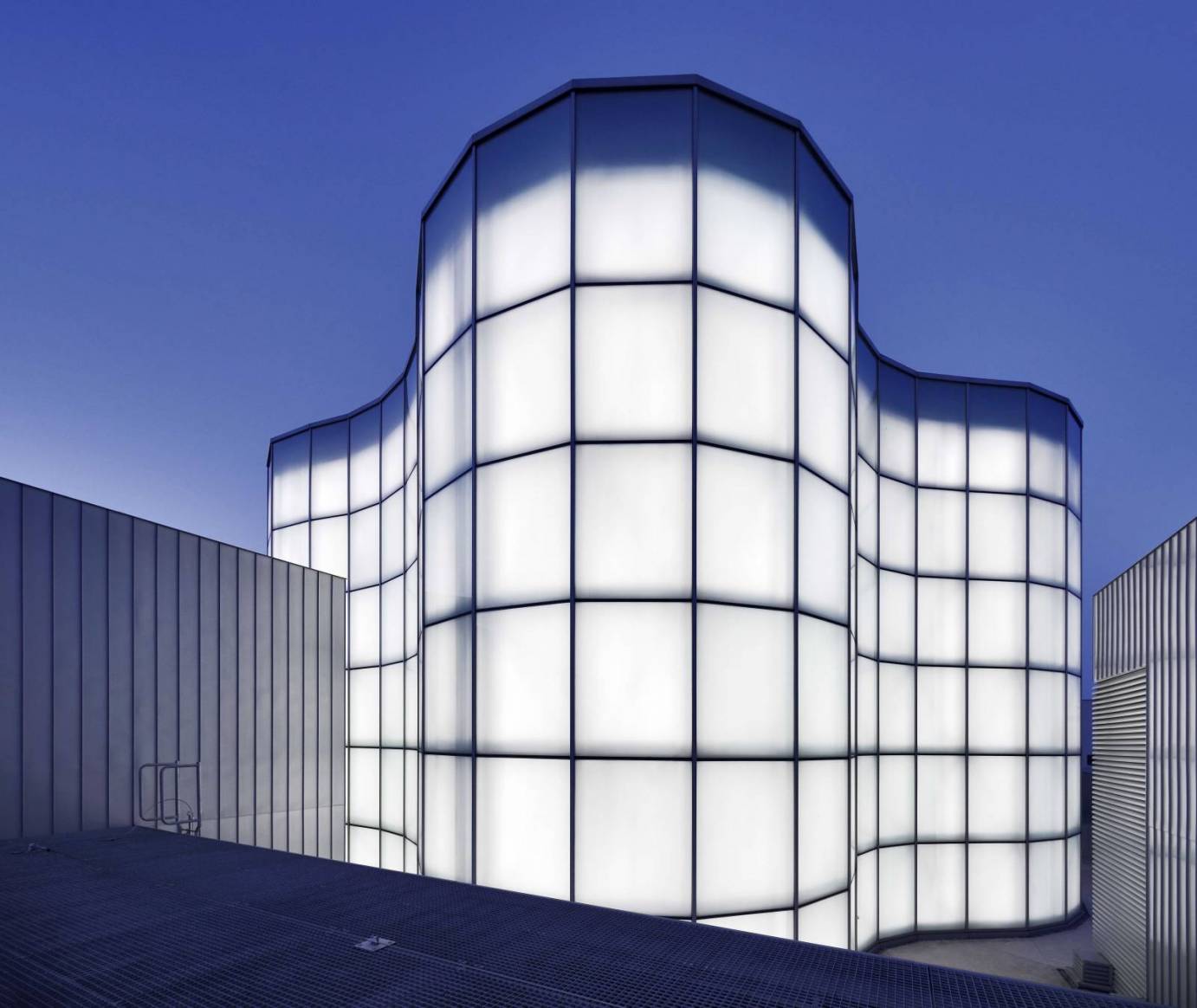
Perfectly in sync with my thoughts about linear and non-linear music I will attend a new course at Royal Institute of Technology (KTH) today. The name of the course is “Interdisciplinary Perspectives on Rhythm” and today’s seminar is about temporarily. We’re excited to meet Martin Schertzinger over Skype to discuss deep philosophical questions about absolute time, circular time, rhythm and related things. When reading he’s text on temporalities from the book “The Oxford Handbook of Critical Concepts in Music Theory” I came across one shocking line that i didn’t have a clue about. You might know it already but if you don’t:
The rotation speed of the earth varies all the time!
- The time it takes for one lap differs 3 min 56 seconds depending on if we refer to the sun or the stars.
- It varies 30+ seconds across the year
- It slows down about 2ms per century.
Shocking!
Obviously the rhythm of the universe is not quantized!

